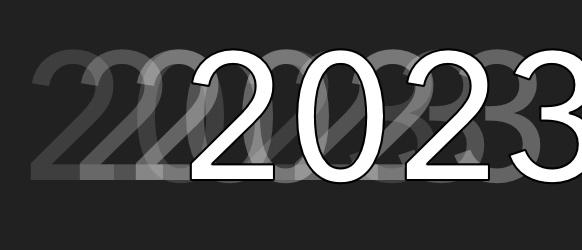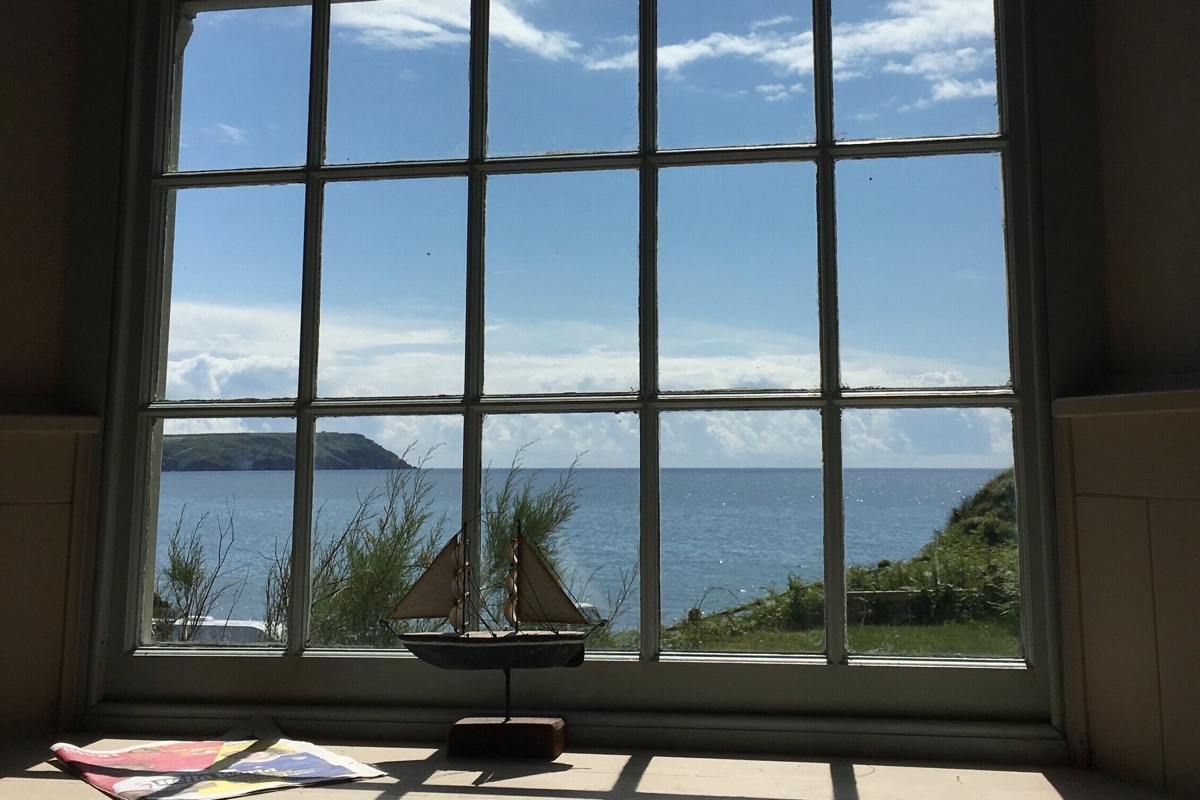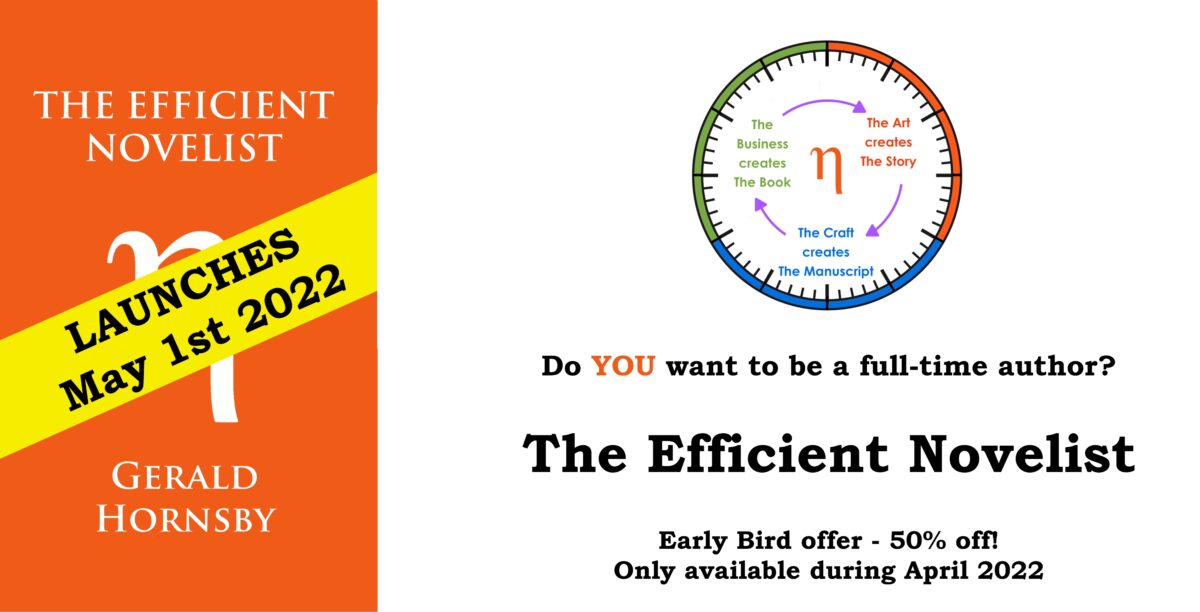GET IN THE FLOW
As a trained engineer, I studied many subjects for my degree. Amongst them, two of the most important were Statics and Dynamics. Statics – the study of stationary objects; Dynamics – the study of moving objects.
For instance, in statics, we developed formulae to tell us the safest angle to lean a ladder against a wall.
Yes, really.
It’s quite a complicated formula (it is, honest), and requires analysis of the forces acting on the ladder, coefficients of friction, and so on. And no, I don’t remember any of it.
In dynamics, we studied moving objects. Accelerations, mass and velocity, why it gets increasingly harder to accelerate your car as your speed increases (spoiler alert – air resistance and square laws).
The difference between them can be shown when you use a hammer. To drive a nail into a piece of wood using a dead weight, you’d need a lot of weight. So what do we do? We swing the hammer, hopefully hitting the nail on the head, with imparts more energy to the nail than simply resting a heavy weight on it.
You must be scratching your head by now. Stay with me.
And… so it is with writing. Have you ever noticed that it’s more difficult to begin writing when you have a blank page / screen? And that, once you get going, it becomes easier? Push a book along a worktop. Initially, it resists movement. Stiction, is what it’s sometimes referred to. That resistance to initial motion. Once it’s moving, it becomes easier.
So the tip for today is: develop a writing flow. Don’t let anything stop you or push you off track. Don’t go back and edit what you’ve written until you’ve finished writing. If you write a paragraph, re-read and edit it, you need to overcome stiction to start writing again for the next paragraph. And so on.
One more anecdote: over 15 years ago, I took part in a 24-hour short story writing challenge for charity. Every hour, on the hour, the group leader would post a selection of writing prompts, and we could write against one of those prompts, or one of our own. And I found, after writing about 5 pieces of flash fiction, I got into a real flow of writing – a groove, if you wish. The words and subtexts flowed, drawing admiring comments from readers. I definitely felt intensely focussed on what I was doing.
So: start a habit, set your boundaries for those around you, apply realistic targets, and really get into that writing habit!









